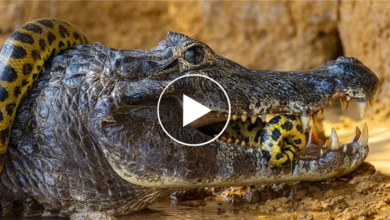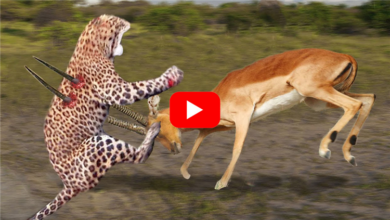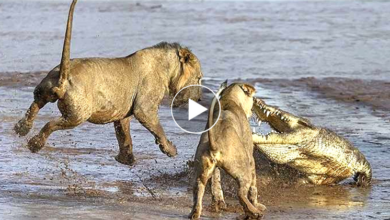The confusing colors when monkeys have colorful butts and why?
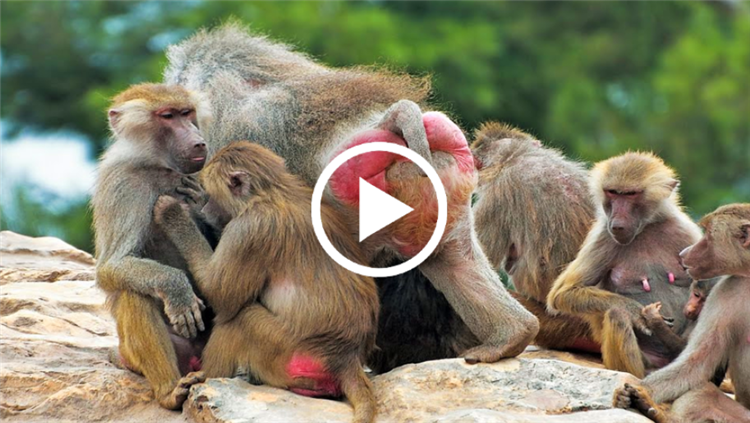
tails and, unlike their other monkey cousins who swing from tree to tree, they live mostly on the ground. However, these traits are greatly overshadowed by this monkey’s peculiar derriere — specifically, by its shocking red color. So let’s just get this out of the way upfront. Why are baboon butts red?

Baboons Are Monkeys
Baboons (Papio) are primates and they’re one of the 23 types of Old World monkeys, so they do not have prehensile tails. They’re also the world’s largest monkeys. So with their size — and the fact that they don’t have a tail that can help them out much.
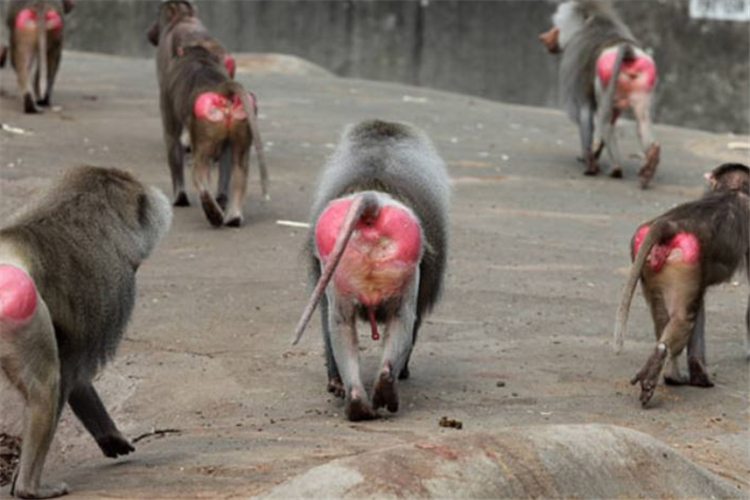
Most scientists agree that there are five species of baboon. Interbreeding is common, so there are hybrids, which makes strict classification tricky. The five generally accepted species of baboon are: Anubis, Chacma, Guinea, Hamadryas, Yellow
Why Do Baboons Have Red Bottoms?
The red bottoms that baboons are so popularly known for are actually an indicator used for mating. That’s right — the colored buttocks that set these monkeys apart are actually an indicator of fertility.
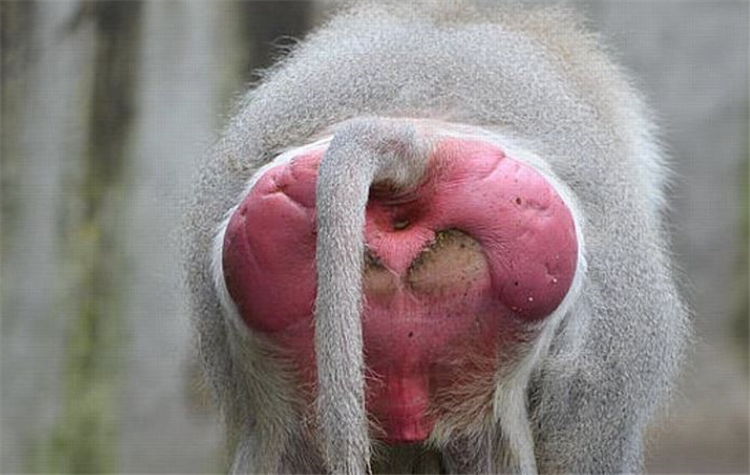
Only female baboons have red bottoms. Male baboon buttocks may appear pinkish but never totally red. At the same time, female baboon butts aren’t always red.
When the female baboon’s bottoms swell and turn red, it is usually an indication that they are fertile and ready for mating. First, to clarify, the swollen red bottom happens only on female baboons. It’s a sign that they’re ready to mate, so yes, it’s about sex. And when we say their bottoms are swollen, we do mean swollen. LiveScience reports that the swelling has been recorded between 4 and 6.5 inches (10 and 16.5 centimeters).
What are the Functions of a Baboon’s Red Bottoms?
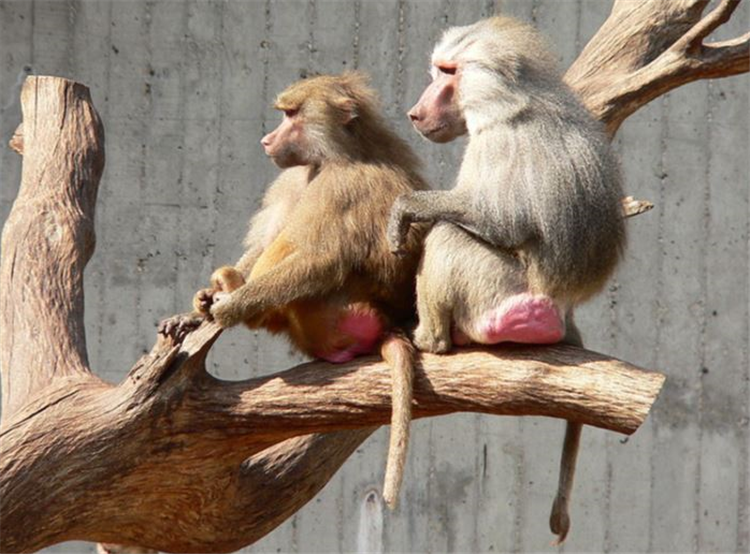
While these red bottoms certainly are amusing to look at, this is not the only function that this unique derriere serves. These buttocks actually serve several functions in the baboons’ lives that are often overlooked.

